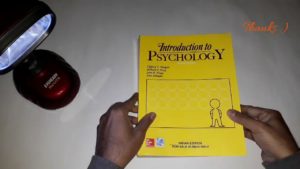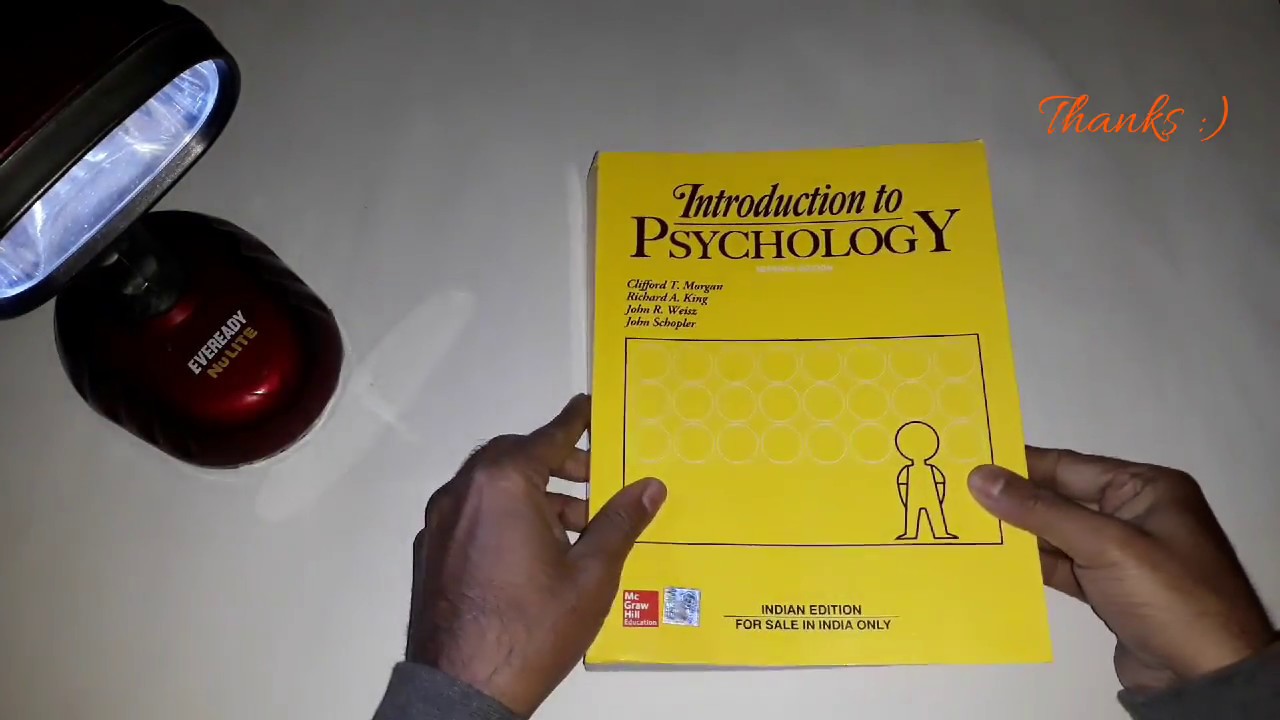
A Quick Introduction to Psychology – The Bits You Can Actually Use
Ask any psychology student what the most annoying comment they get is when they tell people what they’re studying and they will probably say that it’s ‘oh, that must mean you can read my mind!’. Doesn’t sound annoying? Try hearing it 500 times…
And the fact of the matter is that psychology is mostly a matter of learning biology, sociology, and statistics. It’s not actually terribly fascinating a lot of the time and you certainly can’t use it to pull off Jedi mind tricks.
But there are some bits you can use to your advantage and that is worth knowing. Read on and we’ll go over a few of the things that the topic teaches you that you can actually use to your advantage…
Attention
A practical demonstration that happens at some point on most psychology classes is the video of the gorilla walking into the room and waving. The attendees of the lecture are asked to watch the people in the video throw and catch a ball between them and as a result, they completely fail to see the large gorilla walk right into the middle and wave.
What this demonstrates is just how important our attention is. For the most part, we can only pay attention to one thing at a time and if we are thinking about or watching something else, then we can miss remarkably obvious things happening right in front of our eyes! Attention is a ‘bottleneck’ and this is the foundation of all magic tricks.
Defense Mechanisms
When you learn about Freud, things get really weird and you hear about all kinds of strange and largely outdated ideas. But Freud isn’t completely outdated. In fact, he’s the guy responsible for our idea of an ‘unconscious’ aspect of the mind and he’s also the guy whose theories help cops catch criminals.
And the defense mechanisms are actually very useful: this is something you see people using all the time and it pays to learn to spot them. Reaction formation, for instance, is what happens when someone acts emphatically as though they believe the opposite of what they really feel.
Cognitive Biases
A cognitive bias is an error of thinking that we all make. An example is our tendency to search for confirmation of our existing beliefs rather than to try and disprove them. Being away from these biases can help you to avoid errors in judgment and to predict errors others might make.
CBT
CBT is ‘cognitive behavioral therapy’ or basically the art of being aware of your own thoughts and learning to alter them. This is the key to changing your own behavior and that of others!
– Scott Blessing

